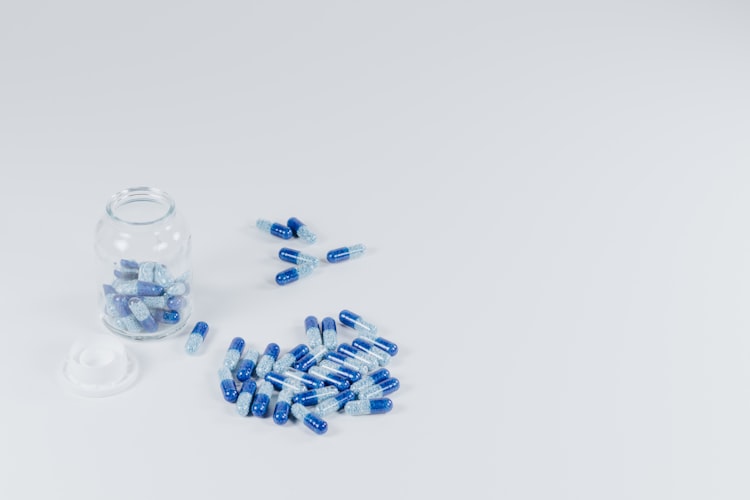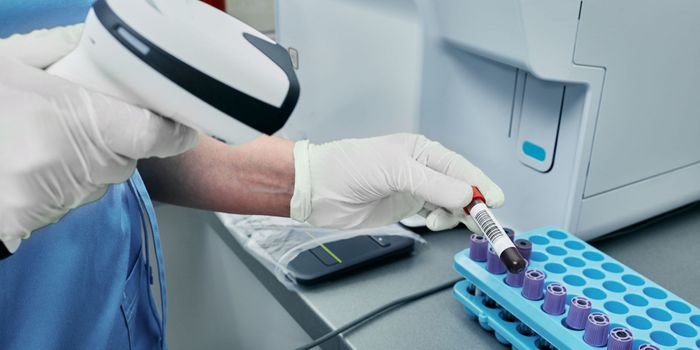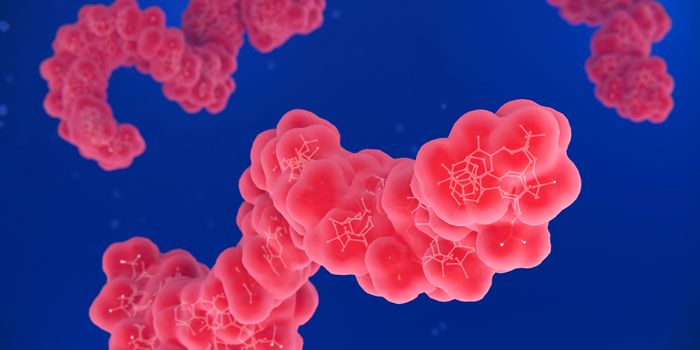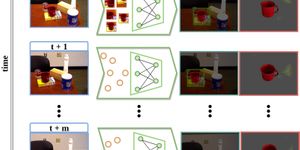Maintenance of Shelf-Stable Drugs
In a study published in the Proceedings of the National Academy of Sciences, scientists have designed a mathematical model that illustrates how some drugs reduce their stability and shelf-life. These drugs are typically those that utilize monoclonal antibodies for the treatment of certain diseases—such as autoimmunity and cancer.
"Highly concentrated protein solutions can separate into different phases, like a vinaigrette salad dressing separating into layers over time," said Bradley Rogers, graduate student in chemistry at Penn State and first author of the paper. "Phase separation is one of the pathways that makes these drugs unstable and unsuitable for use. The classical method to understand this process involves manipulating the temperature of one sample over time. We used a temperature gradient microfluidics platform to quickly look at many temperatures simultaneously."
A solution rich in antibodies will begin as clear liquid at room temperature and will eventually form cloudy droplets as the solution cools. These droplets will settle with dilute liquid placed on top allowing the samples to appear clear.
"We observed that the rate that a solution separates into two phases has a strange dependence on temperature," said Rogers. "This relationship is much more complicated for concentrated antibody solutions than it is for other systems. We spent a long time trying to make sense of the data, but we eventually developed a model that explains what we are seeing."
To facilitate their studies, researchers used an innovative technique, known as dark-field imaging, to create a range of temperatures across a temperature gradient and to ultimately examine phase transitions.

Penn State: A new study used a temperature gradient to observe how highly concentrated antibody solutions, like those common in some drugs, separate into phases, like an oil and water solution. At colder temperatures, cloudy droplets begin to form in the once clear solution. As the droplets grow and settle to the bottom of the container, the solution separates into two distinct phases. This phase separation can affect a drug’s shelf life and stability. IMAGE CREDIT: PENN STATE
"We observed that the rate that a solution separates into two phases has a strange dependence on temperature," said Rogers. "This relationship is much more complicated for concentrated antibody solutions than it is for other systems. We spent a long time trying to make sense of the data, but we eventually developed a model that explains what we are seeing."
Learn more about drug instability:
The study is critical to advancing drug delivery methods since many drugs today are stored as solids and dissolved in IV solutions. Particularly, pharmaceutical industries are hoping to move towards manufacturing drugs that can be stored as liquids and delivered through an injection.
"If these parameters can help us predict stability and shelf life, we may be able to select better drug candidates," said Rogers. "We may also be able to determine the ideal solution properties for a promising drug candidate to keep it stable."
Source: Science Daily









